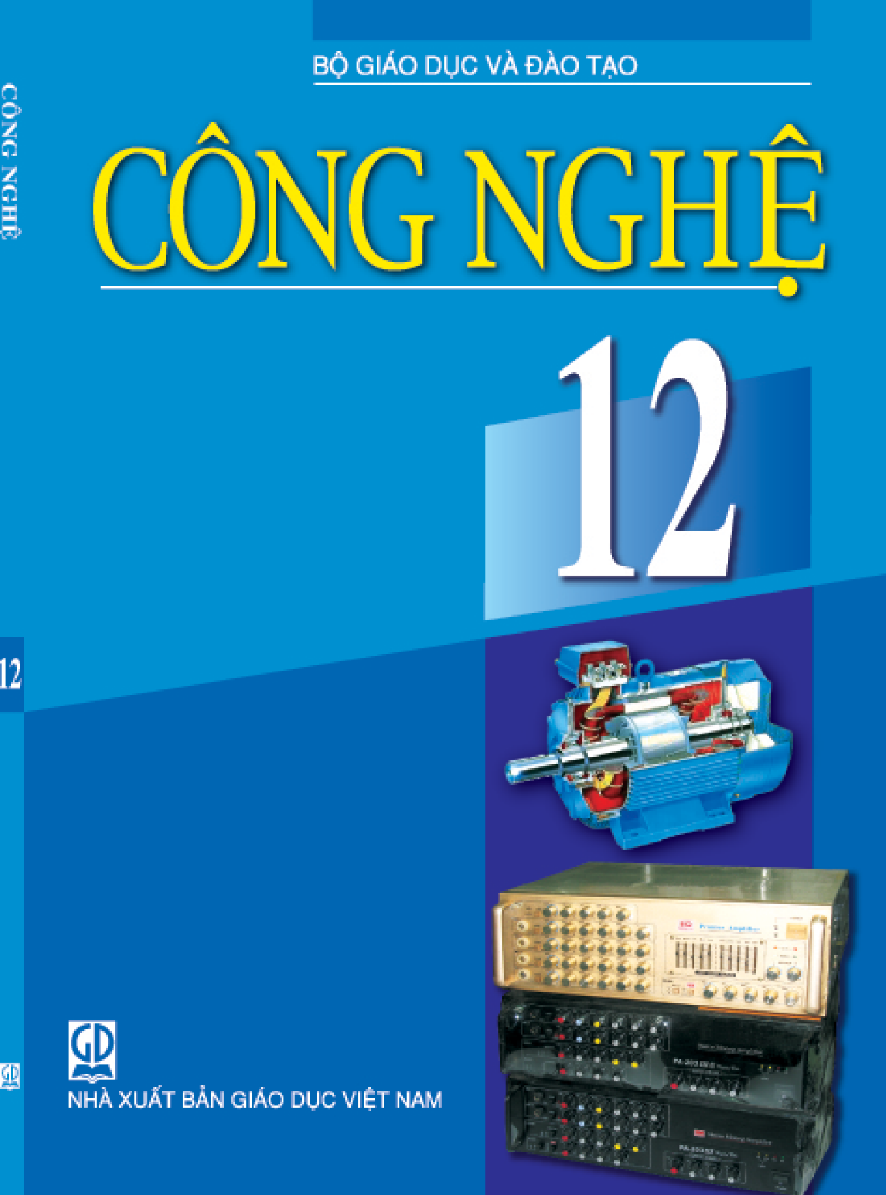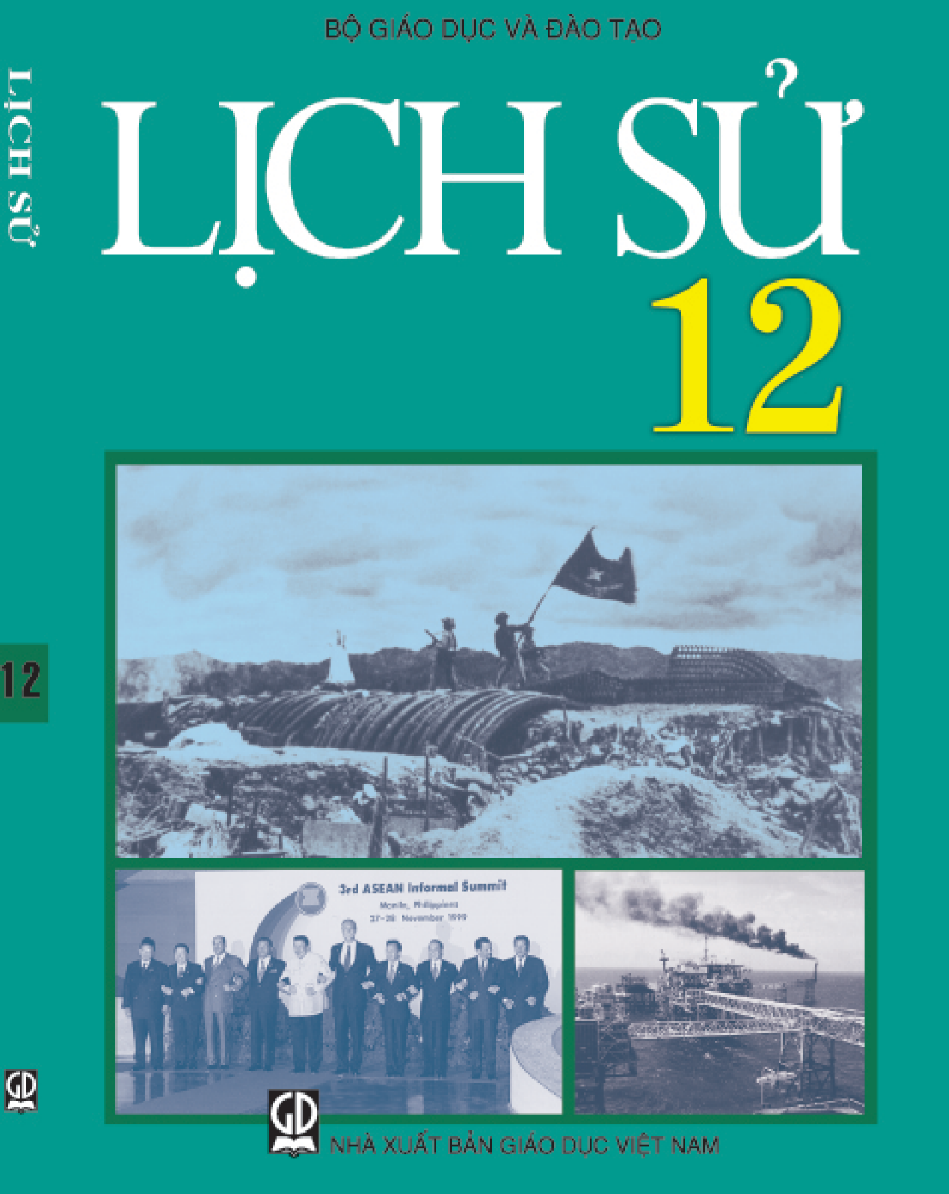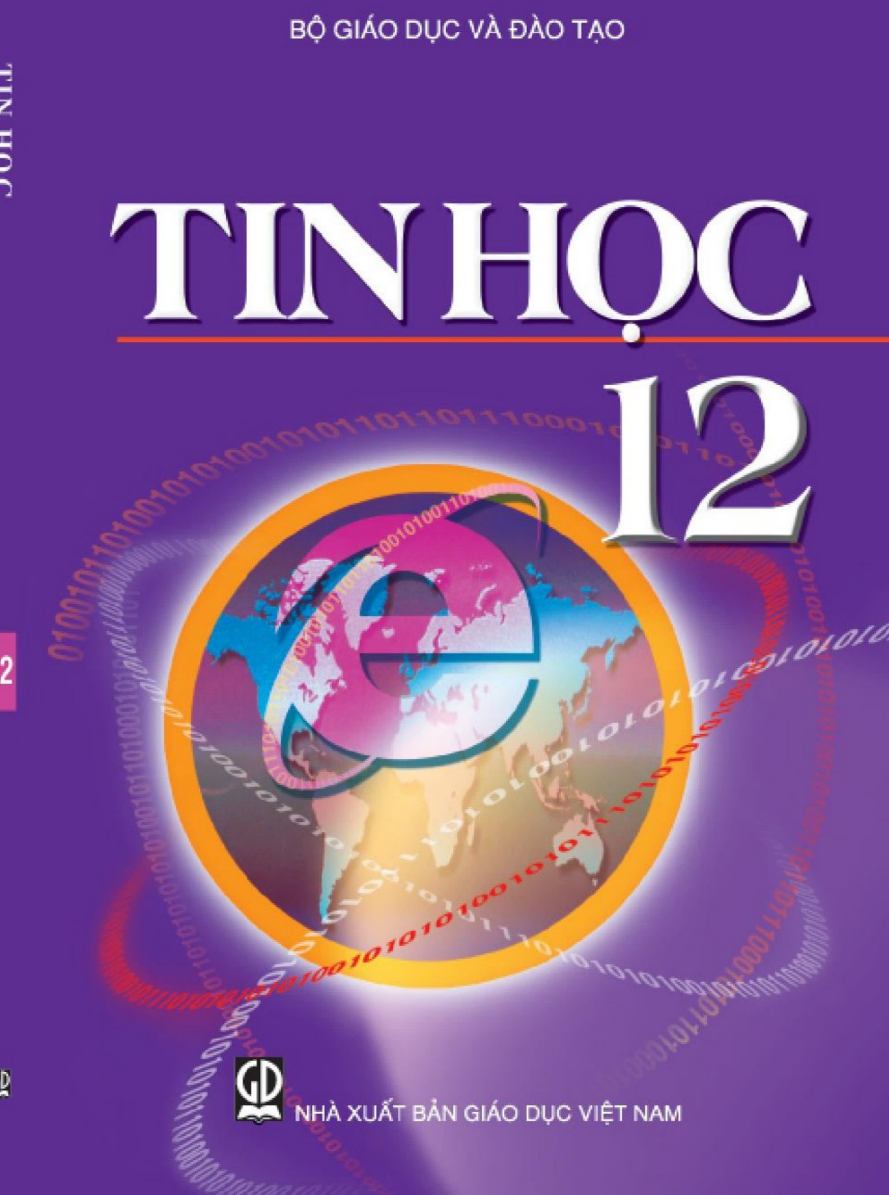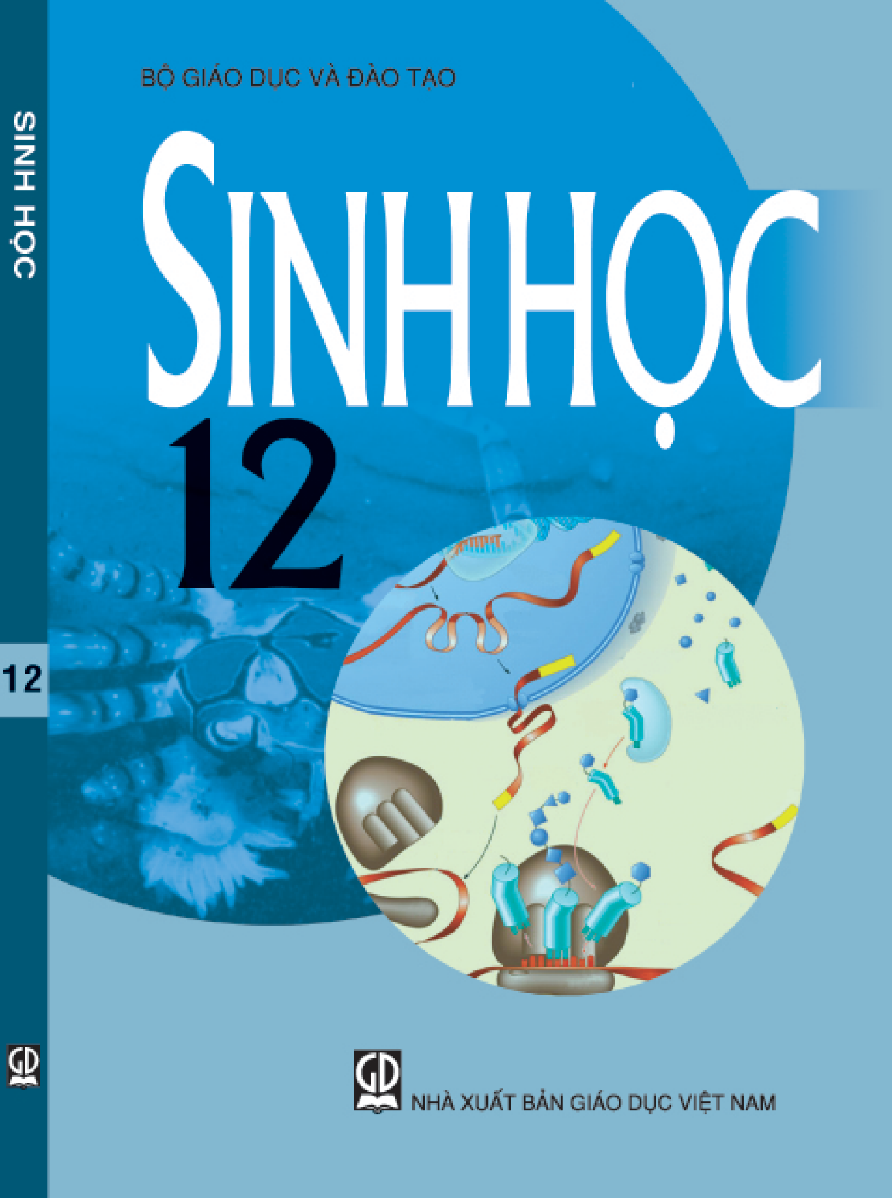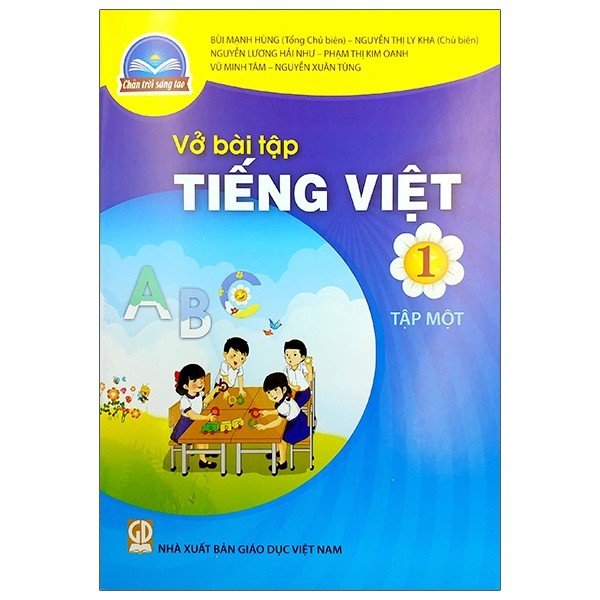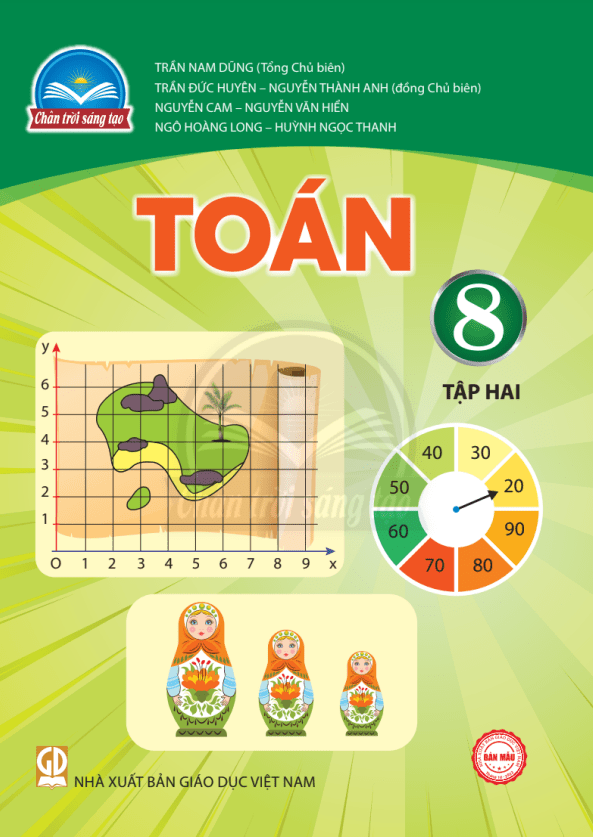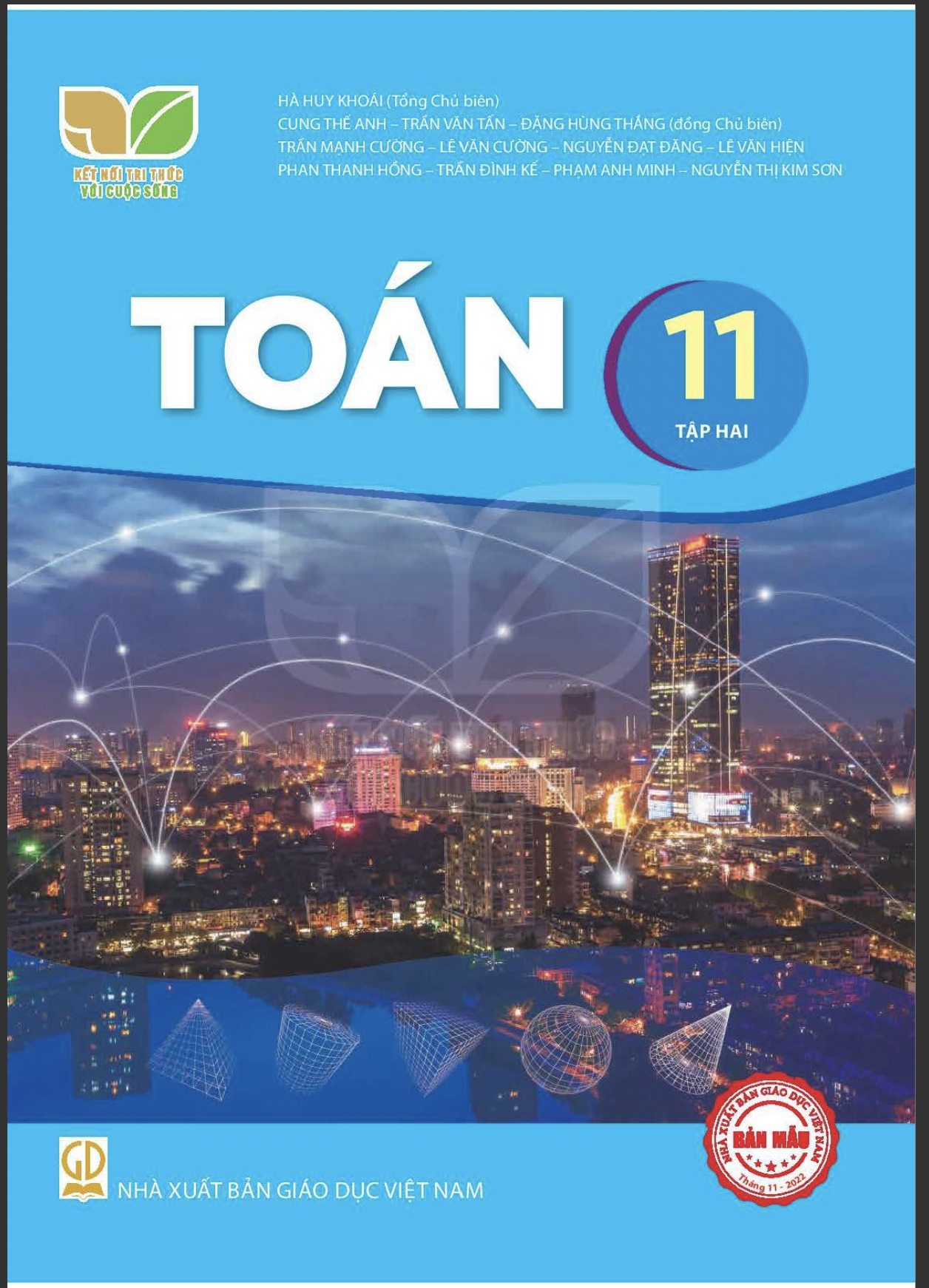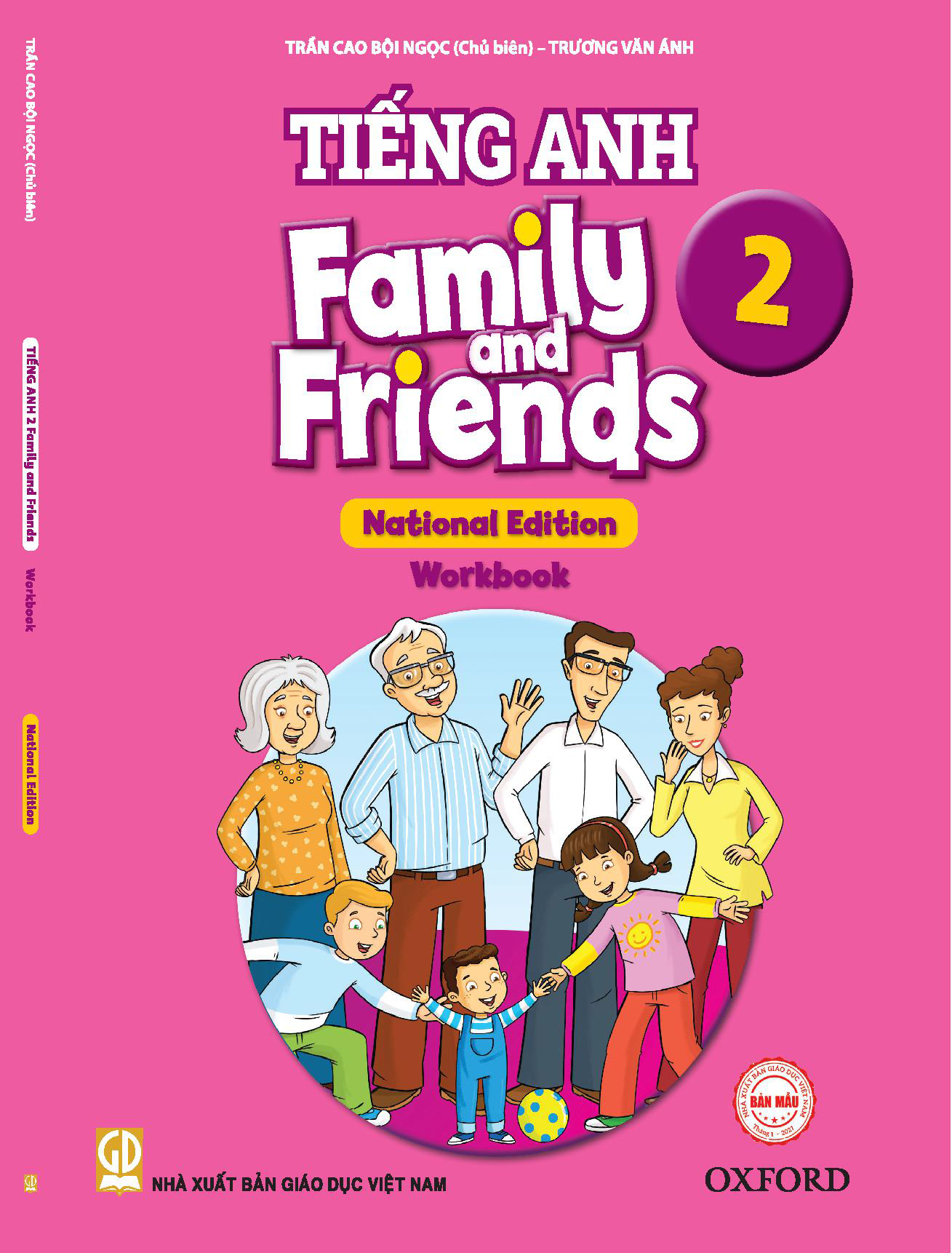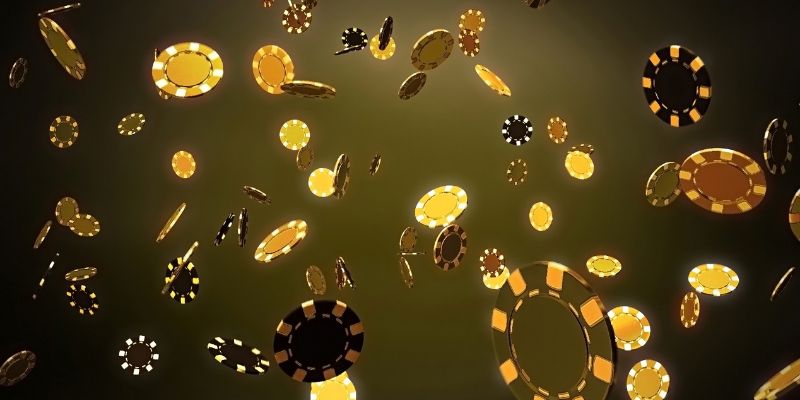(Page 39)
VI. WRITING
A problem-solving report on green solutions
1. Work in pairs. Complete the notes using the words in the box.
| compost piles automatic public transport recycle |
| Problems & consequences | Green solutions |
| Many single-use plastic products are thrown in rubbish bins. They take many years to decompose in landfills. | Use them in arts and crafts projects (e.g. making plant pots) or (1) _____ them. |
| People leave the lights on and the water running in restrooms. This is a waste of electricity and water. | Install (2) _____ lights and sensor taps that turn off when no one is around. |
| Dry leaves are sometimes burnt in the schoolyard. This can cause air pollution and fires. | Create (3) _____. |
| Many parents drive their children to school and pick them up from school every day. This causes traffic jams, noise, and air pollution at the school gate. | Encourage more students to cycle or walk to school, or use (4) _____ to go to school (e.g. free bus tickets. cycle-to-school programme) |
2. Read a problem-solving report and match the sections (A-D) with the correct headings (1-4).
1. Conclusion 2. Problems
3. Introduction 4. Solutions
A.
This report describes the problem of single-use plastics in our school and suggests three main solutions to the problem.
B.
Many students at our school buy bottled water or takeaway food. As a result, hundreds of water bottles and single-use plastic containers are thrown away every day. Besides, students often put containers with leftovers in them into the recycling bin, which can lead to contaminating the recyclable waste. This means our school produces a lot of plastic waste that goes to landfills and has a harmful effect on the environment.
C.
To solve this problem, we propose the following solutions. First, we suggest that the school should provide more recycling bins. Second, the Youth Union should hold regular sessions to teach students how to recycle properly. Third, we recommend that we make use of plastic waste in arts and crafts projects, for example, for making plant pots or bird feeders.
D.
Reusing and recycling single-use plastics will lead to a greener school environment and help promote a green lifestyle among young people. Therefore, we recommend you put the suggested solutions into practice as soon as possible.
Tips
A problem-solving report describes a problem and suggests solutions to the problem. It often includes:
• a brief introduction presenting the problem (and solutions)
• a paragraph analysing the problem and its negative effects
• a paragraph suggesting specific solutions
• a concluding paragraph summarising the report and emphasising the importance of the suggested solutions
(Page 40)
3. Choose one of the problems in 1, and write a problem-solving report (180 words). Use the model in 2 and the outline with useful expressions below to help you.
Introduction
This report describes the problem of ... and suggests... solutions to the problem.
Problems
... As a result/Therefore, ...
... can damage/have a harmful effect on...
Solutions
To solve... we suggest/propose the following solutions.
First, we suggest/recommend that the students/the school should... Second, it is important for students to...
Conclusion
... will lead to.../will help promote a green lifestyle/green habits...
Therefore, I recommend...



